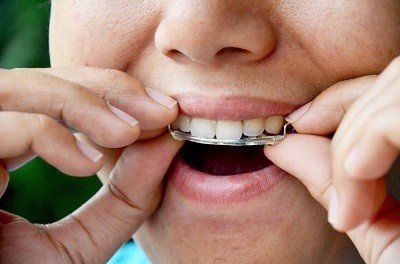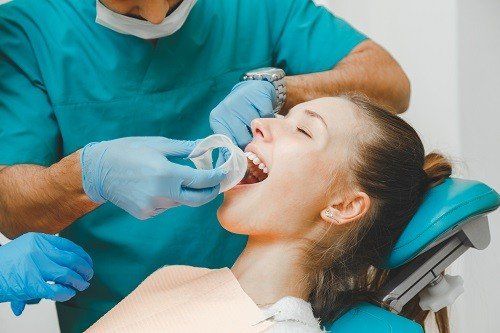When Permanent Retainer Removal is the Way
While having braces removed after months or even years of treatment is a welcome relief, the days of orthodontics are not over as easily as that. After braces, patients often have to decide whether to wear removable retainers or have a lingual, permanent retainer bonded to the backs of their teeth.
The risk of teeth drifting back to their original, incorrect positions
once the braces are gone is too great, but wearing either kind of retainer
stops this from happening. If you have chosen a permanent retainer, however, there
are reasons why you should consider removing it in the future, including the
reasons below.
Retainer Damage
As with other dental appliances, permanent retainers can receive damage. It could be from injuring the mouth, biting into tough foods, or everyday wear and tear that causes the wires to break or the device to unbind from the teeth. Unfortunately, it’s not uncommon for one or several teeth to start moving out of place before you know the retainer is detached, which is why regular dental appointments are imperative for ensuring the permanent retainer is in solid working condition. It may need to be removed if it is not.
Calculus Buildup on the Teeth
The wires in permanent retainers are attached to the backs of the teeth with a type of cement. With that comes the chance of a buildup of calculus on the wires or the surface of the teeth. Calculus is triggered by a mix of bacteria and plaque that can damage the gums and teeth while it hardens. Because of this common issue, retainer wearers need to extra cautious if they mean to continue to wear a permanent retainer.
Long-term Use
While there is no exact amount of time for permanent retainers, there are patients who have worn the same one for at least or over 20 years. A 2008 study conducted by Stout and Booth Orthodontics indicated that most cases like that don’t have long-term adverse effects. As well, patients who started orthodontic treatment in their early, mid, or late teens should use a fixed retainer as long as they can since the jaw still grows into a person’s early 20s. Eventually, patients may be advised that they've worn the permanent retainer long enough and should replace it with a removable retainer for night use.
Mouth Pain
Retainers are used for ensuring that teeth do not move back to their initial positions. If the orthodontic treatment was successful, there shouldn't be very much remaining movement that would produce pain. However, for those who do experience movement, the pressure could lead to patients feeling ongoing pain. Calculus buildup can also cause bleeding and swollen gums or bad breath. There are products with peroxyl and gels that patients can use for quick relief, but consistent pain could make permanent retainer removal an enticing decision for the future.
Are you avoiding the dentist office because you don’t have
insurance? Did you know you can save as much as 20 percent off your dental
visits will the Wellness Dental Plan? For more information about our New
Hampshire discount dental plans
, click here.
Photo via Shutterstock











